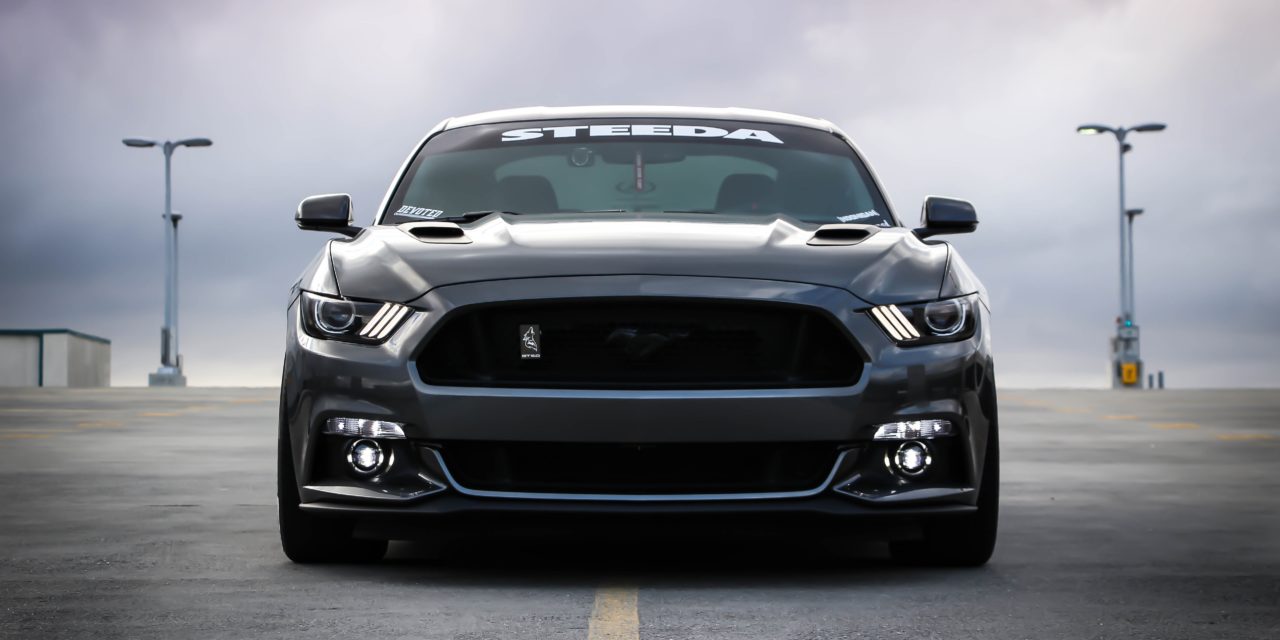[ad_1]
Nothing quite says you've made it like driving a Mercedes Benz. But why? What is it about this kind of car that exudes luxury and status?
For older drivers, there's no denying that Mercedes has a sense of history which adds to the mystique of the brand even today.
Gottlieb Daimler got his start in 1886, when he built a true “horseless carriage.” He was considered to be the father of the internal combustion engine. When he died in 1890, he left control of his company to William Maybach, his chief engineer. He also left behind a deal with a Mr. Steinway (the piano guy) to market Daimler vehicles in the United States.
Carl Benz got his start in 1886 as well. He built a motorized tricycle that year, and he followed that up with the first motorized four-wheeled vehicle in 1893 (his Victoria model), and his first production model appeared in 1894 (the Benz Velo). A year later, he was turning out trucks as well.
History tells us that the two inventors never knew each other, but they would eventually become a single company producing one of the world's foremost symbols of automotive luxury. It all started with a girl.
The year Daimler died, his company built a custom vehicle for auto racer Emil Jellinek, who named it after his daughter, Mercedes.
After the First World War, the German economy suffered and the Benz company was looking for a partner to keep operations going. A Benz board member first approached the Daimler company in 1919, and after some false starts, the two companies merged in 1926. They chose their now famous three-pointed star surrounded by a laurel as their product symbol, and adopted the name Mercedes-Benz.
Back in 1920s, a Benz cost almost 25 million German marks. Combine that big price tag with the flamboyant lifestyle of men like Jellinek singing the car's praises and you end up with a brand known as the pinnacle of luxury. Not to mention that the cars are still pricey and often include innovative features that don't show up in other manufacturers vehicles for years, like fuel-injection and anti-lock brakes.
Then again, perhaps it's the vaunted German engineering, at least for car enthusiasts.
Mercedes got its start in Germany, and came to be a huge fixture in the auto racing world (maybe Jellinek helped them get their start). Racing cars of the early days were often custom affairs, and showcased the engineering skills of the companies that made them. Starting with the Simplex design in the early 1900s, Mercedes came to be the dominant force in racing.
For a car enthusiast, nothing says you've got the “in” machine quite as well as claiming the engineering skills that won Le Mans for years is under your hood.
So whether it's the colorful history, the price tag or the engineering that goes into creating a car many considered to be a work of art, nothing says style, luxury and craftsmanship like a Mercedes-Benz. Maybe that's why Janis Joplin asked God to buy her one.
[ad_2]
Source by Paul Ransom

